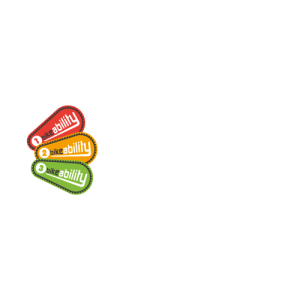Don’t treat playtime as that period between learning their ABC’s and reciting multiplication tables. Playtime is and should be sacred because children should be using as much of it as possible to move around. It’s a pretty natural inclination for children to jump and run around, whether it’s an impromptu game of football or a random game of ‘IT’. Properly done, active playtimes give children the opportunity to learn social skills and improve their physical confidence.
Best of all, when they eventually sit down for lessons, you’ll benefit from happier pupils with better concentration and a readiness to learn.
What you need to do then is…
Retrofit your playground for an active life
In the late 1990s, a sports and exercise scientist in Liverpool wanted to see whether some changes to the playground might increase physical activity for those children. He went to a local primary school and ran some pilot tests, and with some simple coloured designs on walls and tarmac, he was able to create an exciting experience for children. Recreated with similar castles, pirate ships and mazes painted in their playgrounds, one school in Sydney saw physical activity increase by 12%, across the school.
Today in the UK, the outlook for our long-term effort to find some structure of wellbeing for children hasn’t been great. The annual report released by the Children’s society found that wellbeing has decreased steadily over the last ten years. As Chris Wright added, this is partly because of the declining importance of PE in schools, which is why investing in an active playground couldn’t be more important in the current climate.
Traditional markings for sports such as netball, football, and sprints, mean that children will take the initiative to use them. You can use walls and tarmac, write out clap games, or images of children skipping and jumping for ideas. Traditional games like hopscotch can help with numeracy and running tracks will get kids racing each other.
Be creative with your equipment
Some schools have invested time in recycling and reusing materials to change the terrain of their playgrounds. You can also see some ideas in your local park. They use trunks, bark, boxes, wooden toys, and structures to help them learn balance, jumping, and landing. It will enliven their imagination and give them a world of options to choose from when directing their own playtime. It can create landmarks for teaching instruction and their own playtime.
Various types of equipment from the traditional and the non-traditional will get pupils fine-tuning those gross motor skills. Large boxes, foam blocks and taped pathways will encourage them to practice balancing, some jumping games and maybe even a cartwheel or two. That old saying comes to mind, ‘You build it and they’ll come.’ Build some real creativity into the surfaces and your school will be full of children who can’t wait to get out and play.
Consider the impromptu games too. Floating footballs, skipping ropes and even foam balls have been known to help pupils initiate a few of their own games. It also gives you something to work with if you want to try some directed playtime. A little twist on the old monkey bars comes as standard fitness equipment on school grounds. Whilst it may seem strange, they’ve been known to enrapture adults and children alike.
Get professional direction with our lunchtime add-ons
First Step PE is exactly what we say on the tin. We are physical activity experts. We’re here to help smooth the transition from sedentary to a carnival of activity. Our lunchtime add-ons can provide you with the equipment and our professional team to give you the right direction. Our consistent support will help your staff feel much more confident – so no matter how creative your school grounds get; children and adults alike will be in safe hands.
Whatever you choose, you can trust First Step PE to get you there.










